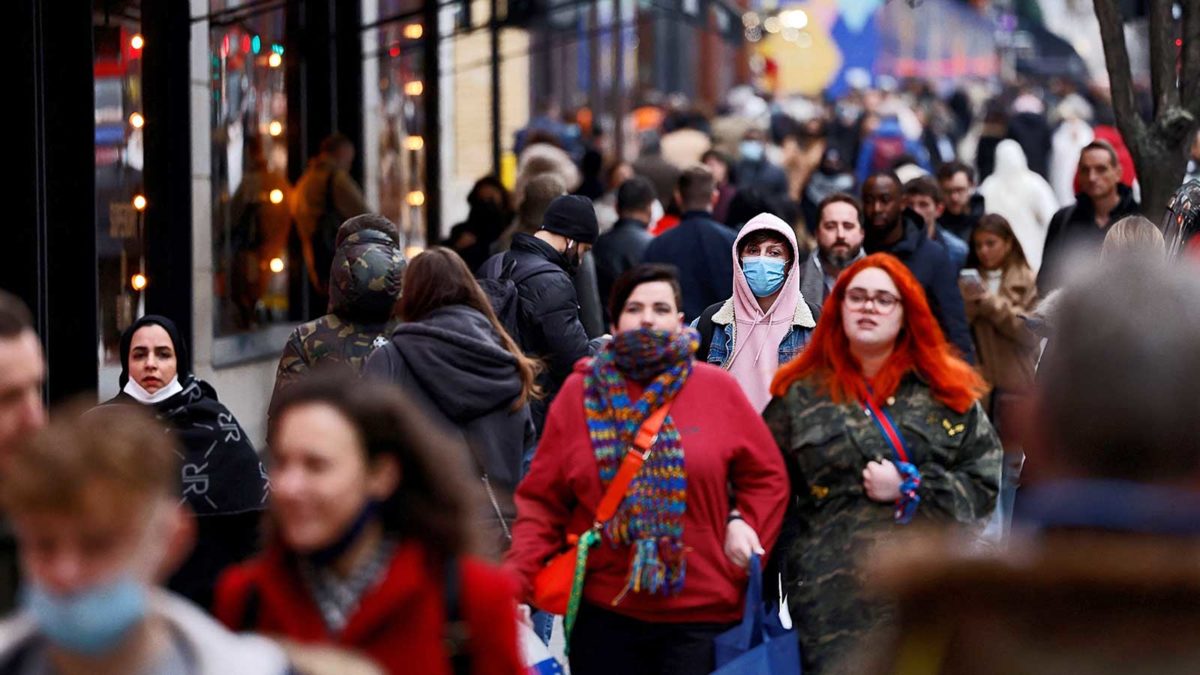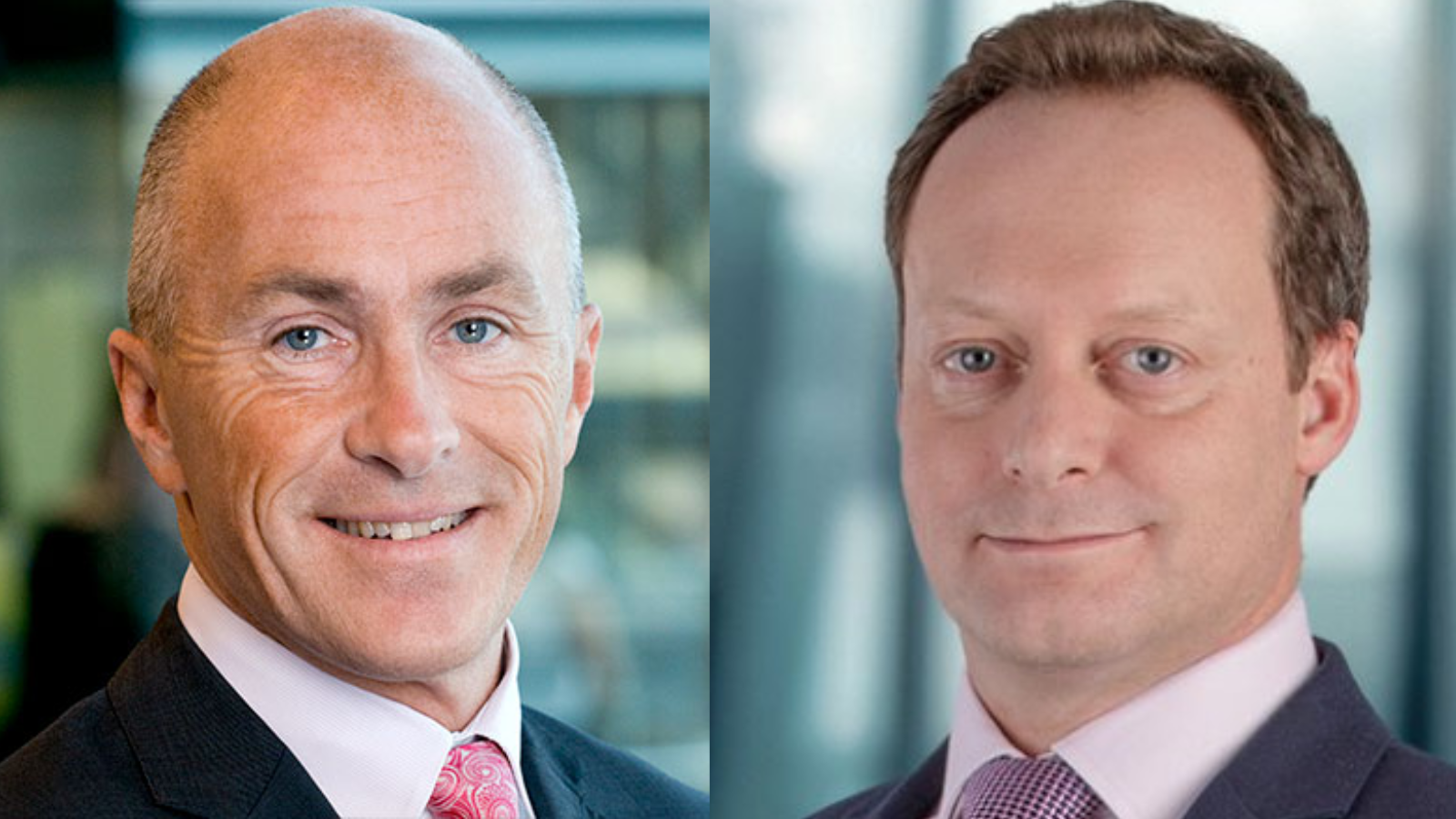Opportunities and threats in 2022

Australia
The Delta lockdowns in NSW and Victoria weren’t anywhere near as bad as expected for the economy, which fell by just 1.9 per cent in the September quarter, gaining 3.9 per cent over the year. Of greater concern was a significant fall in the iron ore price as China ramped-up pressure on its most-polluting steel mills.
Unemployment unexpectedly fell to 4.6 per cent, however, the majority of the jump was due to higher participation in the workforce and more people seeking jobs. In fact, the underemployment rate (defined as someone who is currently employed, but who would like and is available to work additional hours) remains at decade highs, hitting 9.5 per cent, suggesting all is not quite as well as the headlines appear. Retail sales jumped 4.9 per cent.
The Reserve Bank of Australia (RBA) has reiterated Australia’s unique differences to the US, which is seeing a surge in wages and inflationary pressures, with the Job Keeper program a key reason that employees remained connected with employers during lockdowns. That said, there has been a clear shift towards a greater number of flexible and “freelancer” workers.
The central bank cut its low-cost lending to the major banks at the same time that financial services regulator APRA stepped-in on the red-hot lending market. The RBA also followed the US by “tapering” bond purchases, yet the Aussie ten-year bond rate finished at just 1.6 per cent, well down on the peak above 2 per cent.
Economists continue to expect a drop in the savings rate to support economic growth, which will be over 6 per cent in the first half before dropping. The risk remains squarely dominated by China, where positive signs are emerging as the government releases the credit reins.
US
The world’s largest economy continued to grow at a near-record pace, with GDP hitting an annual rate of 4.9 per cent in the September quarter, down from 12.2, but strong regardless. The all-important US consumer remains key, with savings rates and ballooning wealth on the back of property and stock markets supporting spending.
Inflation is the major concern for policymakers, with the monthly rate of increase in prices surging to a 30-year record of 6.8 per cent in November. This was below the 7 per cent expected, but is a clear conundrum for policymakers, who face the risk of hiking rates into an economy that has clearly peaked and is beginning to slow.
The Federal Reserve removed its commentary about “transitory” inflation at the same time that it announced the tapering of its famous “QE” bond purchases that began in 2009. This had delivered some US$1.4 trillion into the economy every year, without (despite concerns) ever resulting in the expected inflationary environment.
Markets are clearly not buying the threat of inflation, with the 10-year government bond finishing well below the highs of the year, on a yield of just 1.5 per cent. The Biden White House has been unsuccessful in delivering an infrastructure package, with expectations that growth will now be front-ended into the first half, with the annual rate expected at around 4.0 per cent. The big question for 2022 is whether supply chain and labour shortages will be exacerbated by a surge in spending, eventually forcing the central bank’s hand.
Asia
China’s “COVID-zero” policies have placed a cap on growth, in the short-term at least, with the quarterly rate falling to just 0.2 per cent in September, for an annual rate of 4.9 per cent. While well down on the 6 per cent growth to which we have become accustomed (particularly in Australia, relying heavily on commodity exports to China) it remains impressive, as the economy continues to mature into a global leader.
Inflation has been kept under wraps, hitting just 2.3 per cent, with the central government using its strong initial success against the virus to pull back and hold fire on stimulus that dominated the rest of the world. This drag on growth is set to reverse, following recent loosening of the credit strings by the central bank, along with tax cuts to spur growth.
China was among the surprises from the COP26 meeting following which it committed to making significant investment into reducing its carbon intensity. The Evergrande default has not been a systemic risk, as initially feared, with policymakers navigating a default and restructure.
The “dual circulation” plan, under which Beijing wants simultaneously to stoke domestic demand while growing its exports, continues to dominate policy decisions; while many see regulatory changes as unexpected, have been clearly flagged as the government seeks to remove excesses and avoid the monopoly issues impacting equality in the US. Growth is expected to come in around 8 per cent in 2022, before retreating to a more sustainable 5 per cent.
It was the opposite end of the spectrum for Japan, which saw its economy contract by 0.9 per cent and 3.6 per cent for the year, as lockdowns continued. With vaccination rates surging, the Japanese economy is well positioned for a strong recovery. Key exports including vehicles and robotics have struggled due to widely covered supply chain issues.
Europe
There is a significant policy difference emerging on either side of the English Channel with the Bank of England joining just a few other G7 nations as it made the decision to lift interest rates in 2021. The bank decided 5 per cent inflation was too much, with the economy growing at 6.8 per cent, meaning there was significant risk of overheating.
Given many of the issues appear to be driven by border closures and supply chain issues, such as a lack of truck drivers, the region will offer a live insight into the impact that rate hikes will have on the rest of the world.
In Europe, policy remains accommodative, with bond purchases set to continue and rates going nowhere, despite inflation moving above the European Central Bank’s (ECB’s) target band, to 4.9 per cent. Policymakers have learned from the GFC, having released deficit restrictions and allowing member states to spend and stimulate rather than avoid a recession.
Sustainability and cleaner energy investments are set to drive the economy in 2022 and beyond, being a key plank of the current stimulus offered by the ECB. Growth is expected to reach 4.3 per cent in 2022 before falling below 3 per cent. The departure of Angela Merkel stood out as a major event, as virus cases surged in Germany. After the inconclusive national election last year, Germany’s Parliament in December elected Social Democrat Olaf Scholz as the country’s new Chancellor, ending 16 years of conservative rule under Merkel.
The EU appears well-positioned compared to the US, particularly from an investment and economic point of view, with stimulus continuing and significantly lower valuations. Travel has quickly returned to normal, however, lower vaccination rates are a potential threat as Omicron’s spread heightens the risk of lockdowns.









